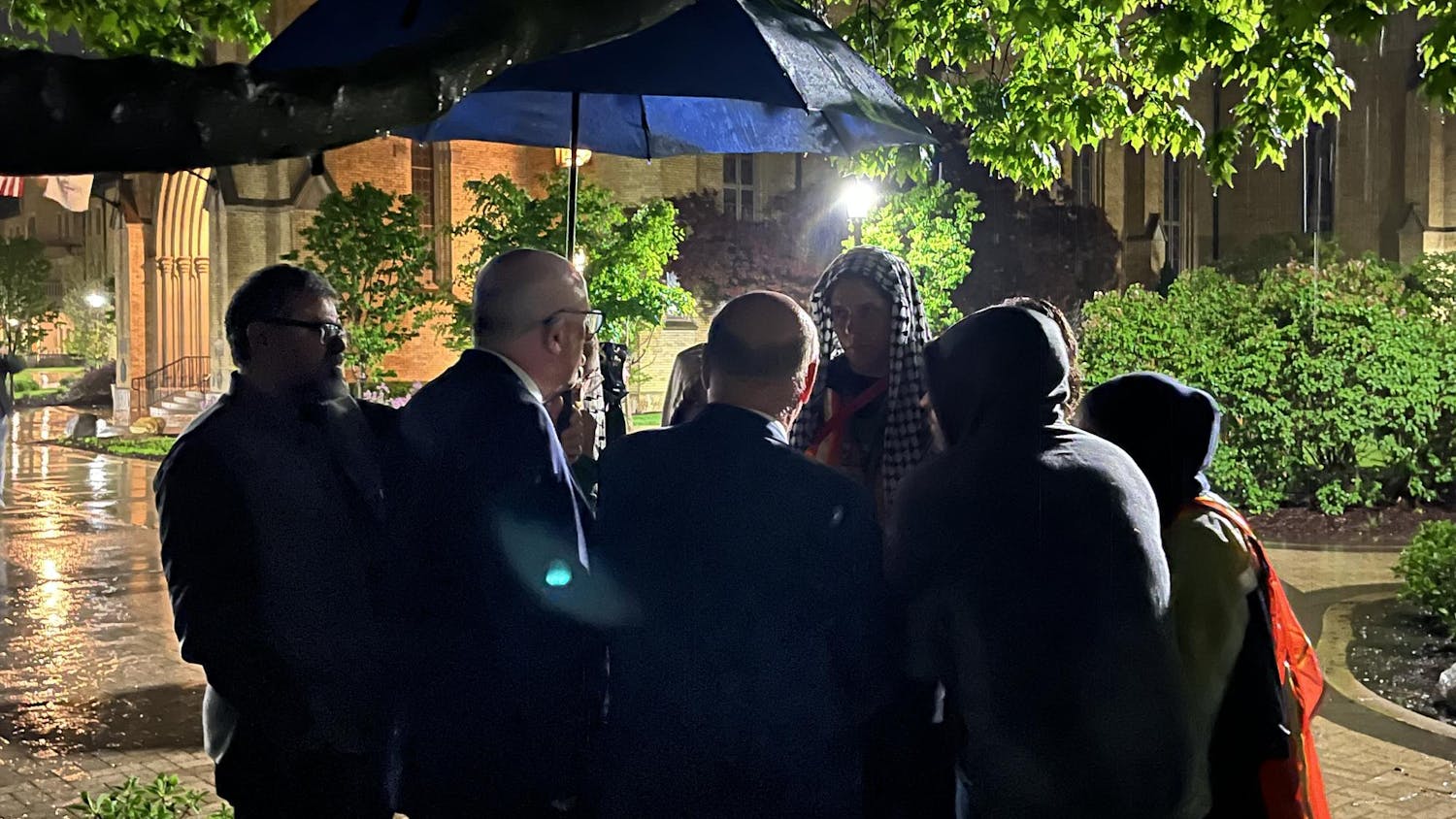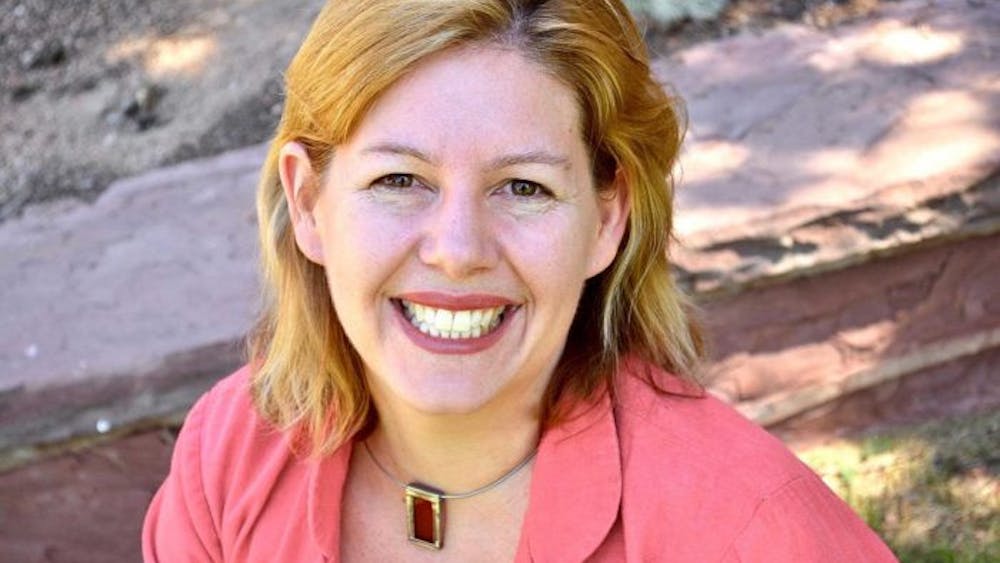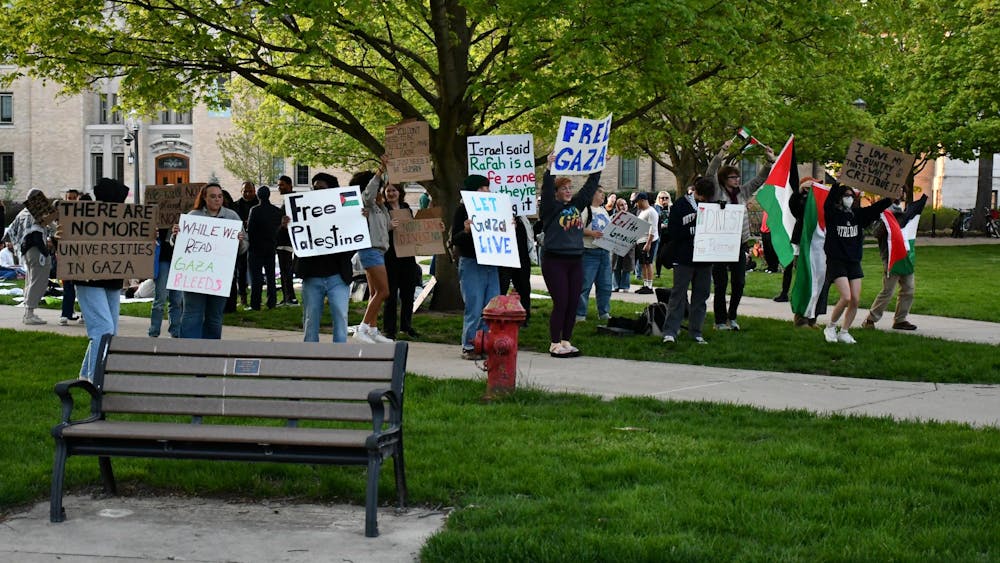Charter schools may be the most controversial development in American education in the past decade. With the release of successful pro-charter documentaries such as "Waiting for Superman" and "The Lottery," the conversation about the actual effectiveness of charter schools has been questioned as different statistics and studies have created a rigorous debate over an effort to save American education.
Charter schools are schools that are publicly funded but are administered by groups other than local school districts. These groups are held to accountability standards while being allowed the flexibility to experiment with different learning modules without needing to negotiate with teachers' unions. Many charter schools often have to rely on fundraising or donations from private foundations to make initial capital expenditures and to meet their annual operating costs.
Charter schools encompass a diverse set of innovative schools. Some charter schools, such as the SEED School in Washington D.C., provide "24-hour" support by serving as a boarding school for low income children from grades six through 12, almost exclusively African-American (Toch, 2009, p.66). Many charter schools take advantage of their increased power in the contract process with staff because charter schools do not negotiate with a union. For example, the Harlem Success Academy, a charter branch in Harlem, New York has a one-page contract with few specifics as to teacher protections and allows for individual teachers to be fired immediately. This is compared to the contract in the New York Public Schools, which in 2010 was 167 pages, and is filled with what teachers can and cannot do during the established school hours and the established school year (Brill, 2011, p.14). This allows charter schools much more flexibility to extend the school year, extend the school day and have teachers provide more support time than a normal public school.
The authoritative study on charter schools was released by the CREDO group at Stanford University in 2009 and covered roughly 70 percent of all charter schools students. The study revealed that 17 percent of charter schools produce better outcomes than traditional public schools (CREDO, 2009, p.7), 50 percent of the charter schools nationwide have results that are no different from the local public schools and 37 percent deliver learning results that are significantly worse than public school (CREDO, 2009, p.7).
While the reviews of charters from the national level may not have shown charters to be more effective than public schools, researchers have found that charter schools located in urban areas, such as Denver and Chicago, tend to do better than their public school peers (Angrist, Parag, Pathak & Walters August, 2011). Moreover, charter schools that have been around for longer periods of time tend to be more effective. Five years is the amount of time that charters need to display whether or not they can be as effective, or even more effective than their local public school (Sass, 2006).
With charter schools, the policy should be clear. Each charter school should be given five years to prove that they are effective. If the numbers and data do not show that it is on par or better with local competitors then it should be shut down. On the flipside, the school districts should allow the groups that run the best charter schools that are proven to be effective the opportunity to expand and take over the poorest performing schools. Hence, the best schools could expand and the worst would close down.
This is an extremely pragmatic idea that would immensely benefit children, but it will never happen because of the politics in education, specifically the fight that would come from the teachers unions. The idea of a charter school coming into a public school and changing it would be seen as an "anti-union" move. It would be fiercely protested and because teacher's unions are so powerful at the local level, would not happen as a result. The unions would have a legitimate reason to protest, but even with a legitimate reason, doing so would be placing their interests ahead of what is best for students. This is a reoccurring theme in their protests against reforms to save American education.
In politics, there is a saying that goes "an ideologue believes what right works; a pragmatist believes what works is right." For too long ideology has driven how America delivers education rather than what works. There are many groups that benefit from the status quo in American education, and unfortunately American students are not one of them. But by identifying the best charter schools, and allowing them to expand while closing the ineffective charter school, American education can begin to improve. Unfortunately, this type of change is impossible, because as too often in education, appetite and ambition prevails over knowledge and wisdom.
Note: Much of the content came from a Foresight Research Paper .
Adam Newman can be reached at
anewman3@nd.edu
The views expressed in this column are those of the author and not necessarily those of The Observer.













